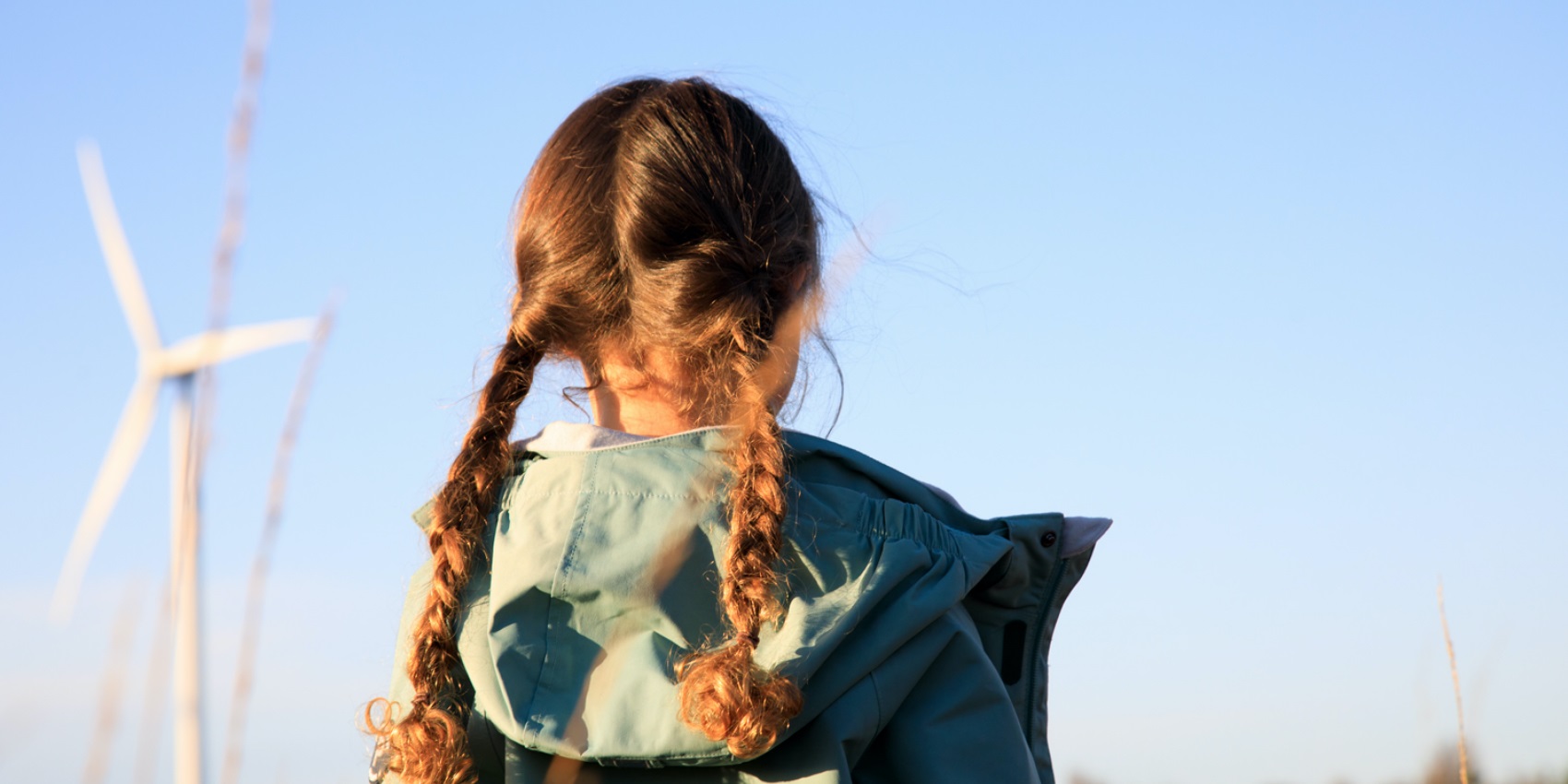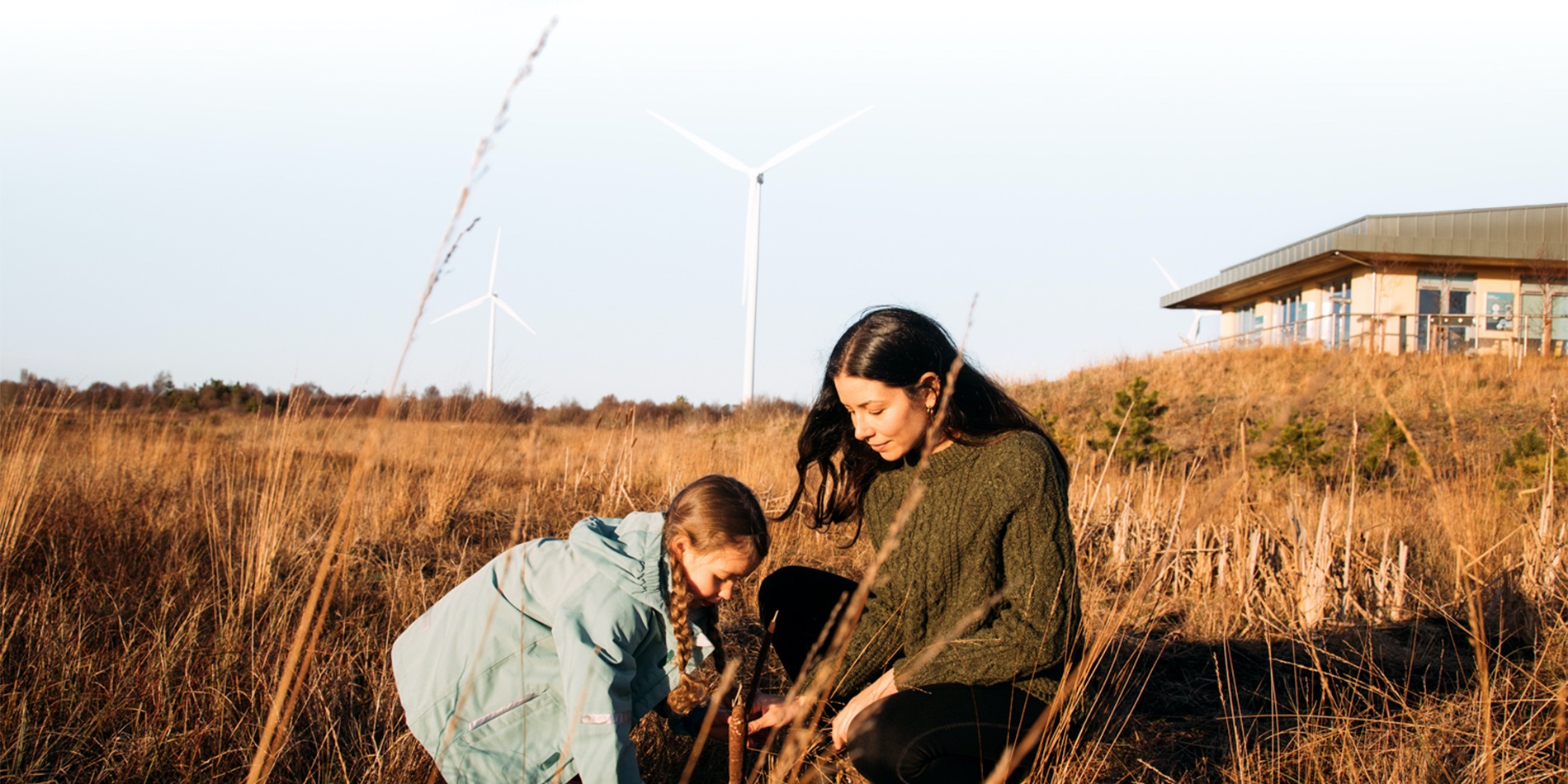Energy is generated when wind spins the blades of a wind turbine. A generator then converts this energy into electricity. Many of Ireland’s turbines are installed on cutaway bogs. These lands were once harvested for peat but are now being rehabilitated for renewable energy infrastructure, biodiversity and public enjoyment.
Powering the grid with renewable energy
We work across wind, solar, biomass and biogas to power the national grid with clean energy.

Cleaner energy for a cleaner climate
Renewable energy is energy that can be replenished from natural sources, such as the wind, sun and trees. Burning peat, coal and other fossil fuels releases carbon into the atmosphere, causing our climate to change, whereas electricity generated from renewable sources releases either low carbon or zero carbon. We’re expanding Ireland’s renewable energy infrastructure to protect our climate.
Ireland has pledged to generate 70% of electricity from renewable sources by 2030.

Our renewable energy solutions are pioneering a low-carbon future.

We’re always exploring new ways to expand Ireland’s renewable energy infrastructure. Assessments are currently underway to explore the potential of solar farms. Panels made from semiconducting materials can be used to generate electrical current from daylight, even on cloudy days.

Organic residue from sustainable forests, crops and other sources can be used as a fuel. This fuel, known as biomass, is burned to power generators that create electricity. Replanting trees and crops absorbs the same amount of carbon that was released when the biomass was burned. This means biomass is a carbon-neutral source of energy.

Waste that cannot be recycled or repurposed into new materials is either incinerated to generate electricity or sent to landfill. The methane gas emitted from landfill is captured and piped into combustion engines. These engines power generators that convert energy into electricity.
